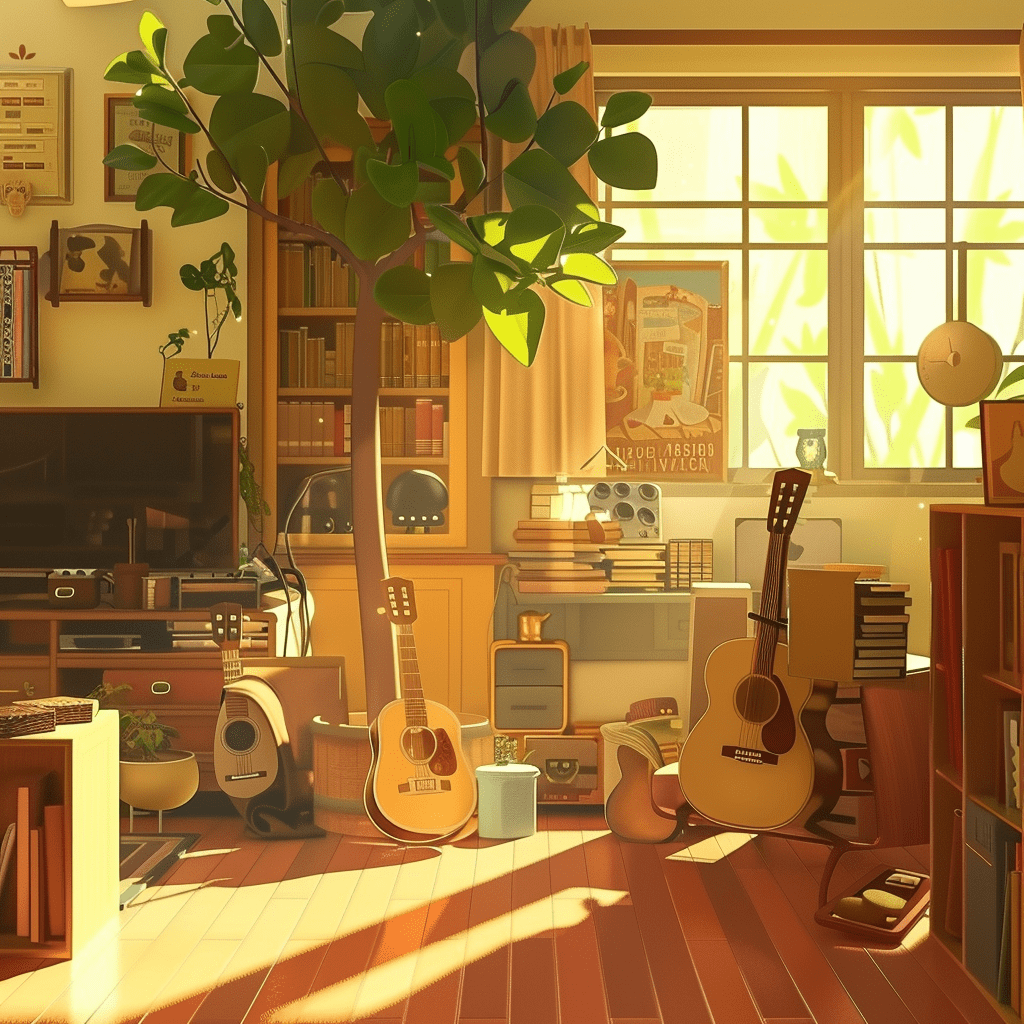Analyzing Your Insect Collection

Before we go into specific steps, it’s important to first inspect your insect collection for any damage, clean and repair where necessary, label efficiently, and find proper storage solutions to preserve them.
Inspecting for Damage and Identifying Specimens
We need to carefully check our insect collections for any signs of damage. Look for broken legs, wings, or antennae, and note any mold or mildew on the specimens. Make a list of all the damage to manage repairs efficiently.
Next, we should identify each insect. Using a magnifying glass or microscope can help spot small details we might miss with the naked eye. Books or online databases on entomology can assist in correct identification. This is crucial for maintaining an organized and informative collection.
Cleaning and Repair Techniques
When cleaning our specimens, it’s crucial to be very gentle. We can use a small, soft brush to dust off any debris. If we encounter stubborn dirt, lightly dampening the brush can help, but we must avoid soaking the specimen.
To repair broken parts, we can use tweezers to carefully reposition legs, wings, or antennae. Small pieces of foam or plastic can be used to support and help stabilize these appendages. It’s essential to do this with a lot of patience and precision to avoid further damage.
Effective Labeling Strategies
Proper labeling of our insect collection is essential. We should prepare labels that include the species name, location of capture, date of capture, and collector’s name. Labels should be clearly written or printed to ensure readability over time.
Position each label beneath the specimen or attached securely near it. For pinning insects like moths and butterflies, we can use small labels directly on the pinning points. Keeping the labels consistent in format will help us maintain an orderly collection.
Storage Solutions and Preservation Methods
Storing our insect collection safely is key to long-term preservation. Using entomology boxes with tightly sealed lids to keep out dust and pests is effective. Placing specimens in display cases with glass tops can also protect them while allowing for easy viewing.
Foam or plastic inserts within the boxes can prevent movement during storage. We should also consider adding desiccants to control moisture levels and prevent mold growth. Avoiding direct sunlight and extreme temperatures will help keep our specimens in optimal condition for years to come.
Utilizing Insect Collections

Old insect collections can be useful in different fields such as scientific research, education, and the arts. Here, we will look at some practical ways to utilize these collections.
For Scientific Research and Education
Insect collections are valuable for scientific research and education. We can use them to study biodiversity and evolutionary changes.
Entomologists often study insects like butterflies, moths, and beetles. By examining these specimens, we can learn about their life cycles and habitats. Schools and universities may use these collections to teach students about entomology.
Using proper mounting techniques and entomological pins help preserve specimens for long-term use. Display boxes keep the insects safe and make them easier to study.
Artistic Applications and Displays
Insect collections can also be used in art. Artists and collectors create unique displays that showcase the beauty of these creatures.
We can arrange butterflies, beetles, and other insects in shadow boxes or frames. These displays can be used in homes, museums, or galleries.
Some artists use insect parts to create jewelry or mixed-media pieces. This practice highlights the intricate details of insect anatomy.
Conservation practices should always be followed to ensure the ethical use of these collections.
Ethical and Environmental Considerations
When managing old insect collections, it’s crucial to think about both ethical and environmental aspects. We need to make sure our practices don’t harm insect populations or their habitats.
Responsible Collecting Practices
Responsible collecting involves gathering specimens in a way that minimizes harm to insect populations. We should collect only what we need for research or education. Using tools like sweep nets, pitfall traps, aspirators, and light traps responsibly is key.
It’s important to avoid over-collecting in one area to prevent negative impacts on local populations. Collecting should also be done with proper permits and respect to local laws. We must prioritize selecting common species and avoid rare or endangered ones.
We should also consider alternative non-lethal methods for studying insects, like photographs and field observations. These methods help preserve insect life and their ecosystem.
Environmental Impact and Insect Conservation
Collecting insects can affect the environment if done without care. We must ensure our practices do not damage habitats. Using eco-friendly traps and minimizing habitat disruption is essential.
Insects play a crucial role in ecosystems as pollinators, decomposers, and food sources for other animals. Conserving their populations is vital for environmental health. Practicing Integrated Pest Management (IPM) helps us control pest species while protecting beneficial insects.
We need to focus on the long-term consequences of our actions. By prioritizing conservation and ethical collecting, we contribute to the survival of insect species and the overall health of ecosystems.
I’m Cartez Augustus, a content creator based in Houston, Texas. Recently, I’ve been delving into different content marketing niches to achieve significant website growth. I enjoy experimenting with AI, SEO, and PPC. Creating content has been an exciting journey, enabling me to connect with individuals who possess a wealth of knowledge in these fields.

